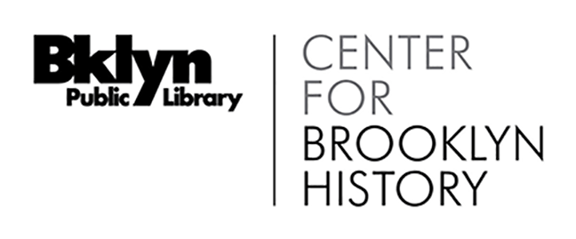Betsy Head Farm Garden Photo Collection
Call Number
Dates
Creator
Extent
Language of Materials
Abstract
The collection consists of lantern slides, photographs and a teacher certificate related to the Betsy Head farm garden in the Brownsville area of Brooklyn.
Historical Note
The Betsy Head Park, which still exists, and the playground (since redesigned) were named after Mrs. Betsy Head, a wealthy widow who bequeathed her considerable estate to the City of New York with the provision that one half of it would be spent on child welfare charities, and the other for the purposes of health and recreation. The Betsy Head Park was opened to the public in September of 1914.
The Park came into existence not only due to the largesse of the donor, but also because of the local residents' activism. Although Mrs. Head's charitable monies were allocated, they were not being spent; it was only thanks to pressure from Brownsville community leaders that the park finally was designed and constructed. It is situated on the block surrounded by Blake Avenue on the north, Dumont Avenue on the south, Thomas S. Boyland Street on the west and Bristol Street on the east. It absorbed land that was formerly used as a dumping site.
Architect Henry B. Herts designed the recreational center. The park also included an athletic field, stadium , public baths and a swimming pool. The children's playground consisted of a park with a wading pool and a beach; a mothers' recreation center – which also included the city milk station; a model farmhouse and, finally, a farm school and a school for nature study.
First vegetable farms and then personal and community vegetable gardens have been an ubiquitous presence in Brooklyn from its early days. The tradition received an additional boost when the United States entered World War I in 1917. As the country was pooling resources to support the military effort, the agricultural workforce dwindled in numbers, yet the need for increased crop output was higher than ever to adequately supply the military and civilians. Farm gardens for children were set up throughout the city. Brooklyn's Parks Commissioner John N. Harman was instrumental in locating four of them in Brooklyn: in McCarren Park (Driggs Avenue and Lorimer Street), at Betsy Head Playground (Hopkinson - now known as Thomas S. Boyland St. - and Blake Avenues), in Fort Greene Park (Myrtle Ave and St. Edward Street) and in Highland Park (Jamaica Avenue and Cleveland Street).
The Betsy Head farm garden became the largest of the four existing children's farms in Brooklyn. Children were educated in the art of growing, harvesting and preserving vegetables. They took home all the produce that was raised in the farm gardens to replenish the family table. Children were encouraged to cultivate hardy, short-season vegetables: carrots, cabbages, corn, beets, radishes, Swiss chard, turnips, peas and kohlrabi. The crops that grew more slowly – potatoes, cauliflowers, and celery – were avoided. It has been recorded that vegetables were harvested up to three times within a season.
Most of the images in this collection were taken at the Betsy Head Playground, and one features the Highland Park farm garden. Several images in this collection feature Mrs. Jane C. Roth, a longtime director of the Betsy Head Playground, as well as other teachers, students and Mr. John N. Harman, the Brooklyn Parks Commissioner.
Arrangement
The collection is arranged in three series by format: Series I: Lantern Slides; Series II: Photographs; Series III: Teacher's Certificate.
Scope and Contents
The first series consists of 26 lantern slides detailing the buildings, students and teachers of the Betsy Head Playground. The second series contains eight print photographs which also document the garden, buildings, students and teachers; several images detail a visit from John N. Harman, the Brooklyn Parks Commissioner. The third series comprises a single document, a teacher's certificate belonging to Mrs. Jane C. Roth, the director of the Betsy Head Playground.
Subjects
Access
Open to researchers without restriction.
The collection may only be used in the library and is not available through interlibrary loan. Requests to view the collection must be made at least 48 hours in advance of visit.
Use
While many items in the Brooklyn Collection are unrestricted, we do not own reproduction rights to all materials. Be aware of the several kinds of rights that might apply: copyright, licensing and trademarks. The borrower assumes all responsibility for copyright questions.
Preferred Citation
Identification of item, date (if known); Betsy Head Farm Garden Photo Collection, BCMS.0001, Box and Folder number; Brooklyn Public Library, Center for Brooklyn History.
Provenance
Aquired from Mrs. Hudson's Fine Books and Paper, April 2014.
Physical Characteristics and Technical Requirements
Lantern slides not available due to fragility. Digital surrogates can be view on-site instead.
Existence and Location of Copies
Series I: Lantern Slides and Series II: Photographs are digitized and available for viewing on-site.
